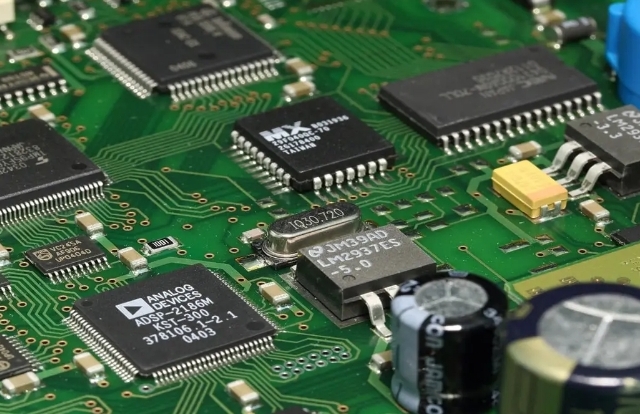A printed circuit assembly (PCA), commonly known as a printed circuit board (PCB) assembly, is an integral part of electronic devices. It consists of several key components that work together to facilitate the functionality of the electronic system. The main components of a printed circuit assembly include:

1. Printed Circuit Board (PCB): The PCB serves as the foundation for the entire assembly. It is a flat board made of insulating material (usually fiberglass-reinforced epoxy) with conductive traces etched or printed onto its surface. The traces form the electrical pathways that connect the various components on the board.
2. Components: These are electronic devices or parts that perform specific functions within the circuit. Components can be active (involved in the amplification or processing of signals) or passive (resistors, capacitors, inductors, etc., that modify or control signals without amplifying).
3. Integrated Circuits (ICs): These are miniaturized electronic circuits that contain multiple interconnected transistors, resistors, capacitors, and other components. ICs are often used for complex functions and can include microprocessors, microcontrollers, memory chips, and other specialized circuits.
4. Connectors: Connectors provide points for external connections, enabling the PCB to be linked to other devices or circuits. Common types of connectors include USB ports, audio jacks, and various types of data and power connectors.
5. Resistors: Resistors limit the flow of electric current in a circuit and are used for various purposes such as voltage division, current limiting, and biasing.
6. Capacitors: Capacitors store and release electrical energy. They are used for smoothing power supplies, filtering signals, and providing timing elements in circuits.
7. Inductors: Inductors store energy in a magnetic field when current flows through them. They are often used in filters, transformers, and as energy storage elements.
8. Diodes: Diodes allow current to flow in one direction only and are used for rectification, signal demodulation, and protection against reverse voltage.
9. Transistors: Transistors are semiconductor devices that can amplify or switch electronic signals. They are fundamental building blocks in electronic circuits.
10. Power Supply: The power supply circuit provides the necessary electrical energy to the components on the PCB. It may include voltage regulators, transformers, and other components to ensure stable and regulated power.
11. Resistors: Resistors limit the flow of electric current in a circuit and are used for various purposes such as voltage division, current limiting, and biasing.
12. Silkscreen and Legend: These are not electrical components but are essential for assembly and maintenance. The silkscreen layer typically includes labels, reference designators, and other markings to aid in component placement. The legend layer provides additional information about the components, such as part numbers and values.
These components work together to create a functional electronic circuit on the printed circuit assembly, allowing the device to perform its intended tasks.